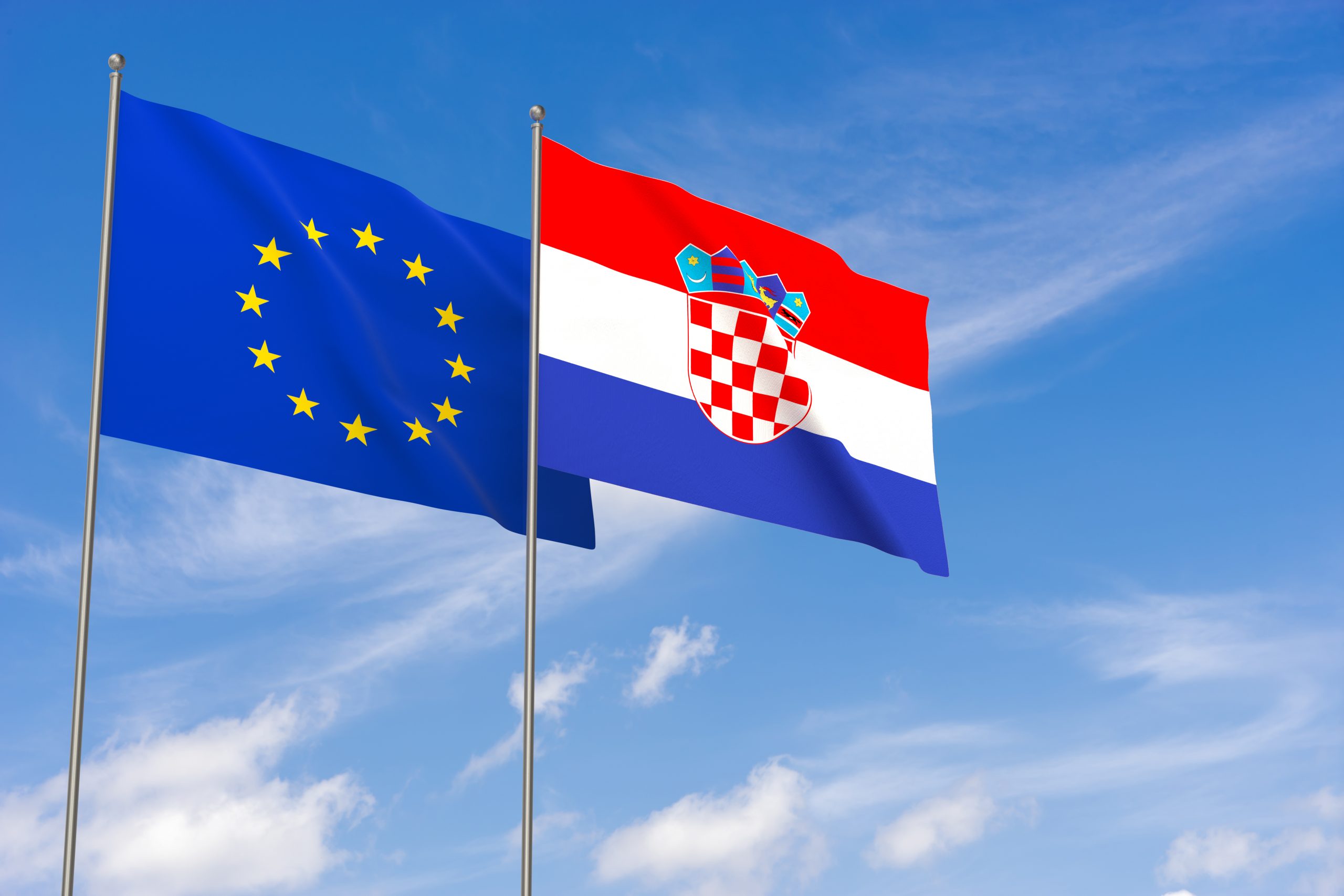A successful euro changeover in Croatia

Croatia has successfully completed its euro changeover. The 14-day dual circulation period (when both the kuna and the euro could be used) ended on 14 January. Payments can no longer be made in kuna.
According to a Commission survey conducted on 13 and 14 January, almost all (89%) cash payments in shops were made in euro. Virtually all (99%) transactions resulted in consumers receiving their change in euro only. 67% of Croatian citizens polled said they already carry only euro banknotes, with 68% saying they only carry euro coins.
Croatia’s retail sector has coped well with the changeover and parallel handling of two currencies. No major problems regarding queues or problems at the tills have been reported. The conversion of ATMs (cash dispensers) has also proceeded smoothly.
To protect consumers and address concerns about abusive price increases in the changeover period, the Croatian authorities are taking active measures in line with the rules on introducing the euro (‘Euro Law’). The dual display of prices in kuna and euro became compulsory on 5 September 2022 and will apply until 31 December 2023. A Business Code of Ethics has been introduced to ensure stability of prices for goods and services by helping businesses to correctly recalculate and display prices, without unjustified increases. A national inspection body is tasked to monitor and control prices and can take appropriate measures in case of infringements.
Kuna banknotes and coins can be exchanged for euro banknotes and coins at the Financial Agency and post offices until 30 June 2023. The exchange is free of charge. The exchange of kuna banknotes and coins at commercial banks is possible until 31 December 2023. Croatia’s national central bank will exchange kuna banknotes without a time limit, and kuna coins until 31 December 2025. This service is free of charge.
A press release on Croatia’s euro changeover, more information on Croatia and the euro, as well as the survey data are available online. The final full reports of these surveys will be available in February.
